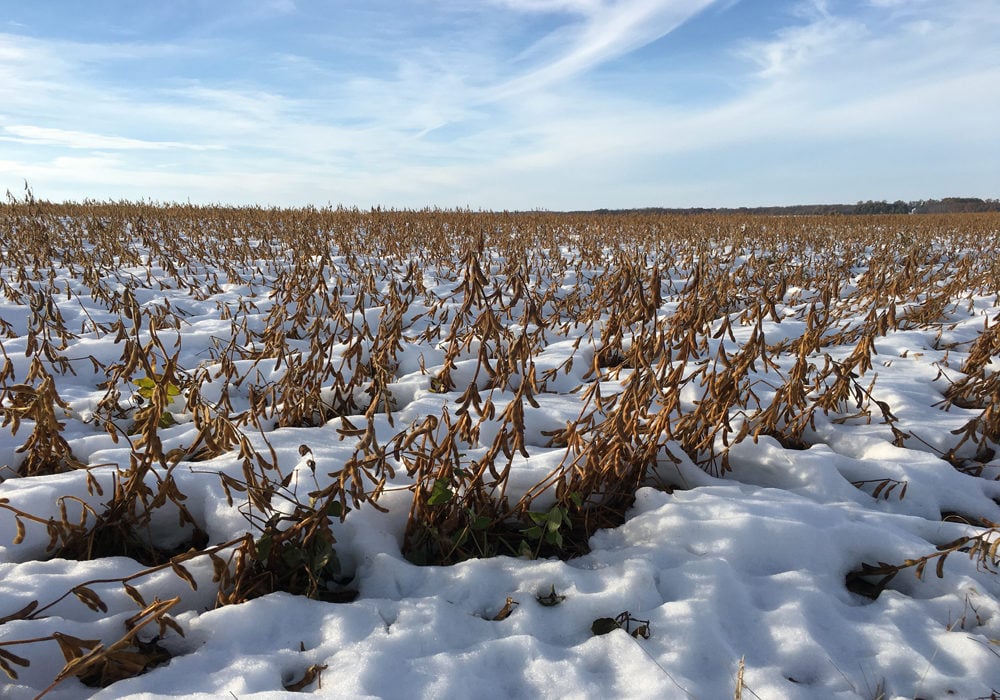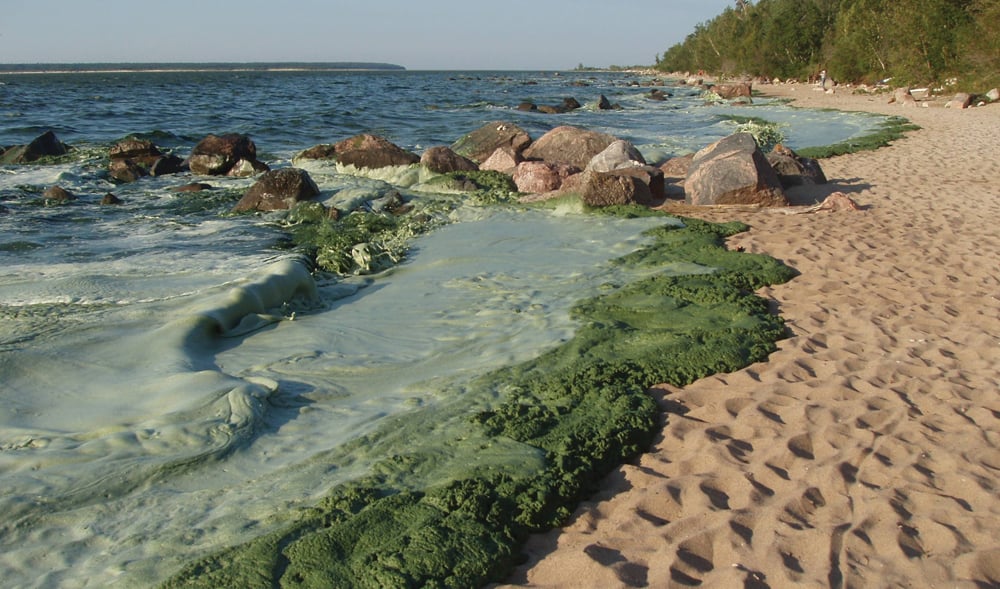Some have coined the term “disaster by design” to capture how severe weather now impacts those farming and living on the Prairies.
But improved long-term planning for times of excess and drought can reduce our vulnerability to the latter, said speakers at the inaugural Assiniboine River Basin Initiative conference in Regina earlier this month.
“One of the reasons we have so much in the way of flood damage is that we’re kind of stupid in the way we manage flood plains,” said Bob Halliday, board chair with the Partners for the Saskatchewan River Basin, who gave the opening address.
Read Also

Canadian canola prices hinge on rain forecast
Canola markets took a good hit during the week ending July 11, 2025, on the thought that the Canadian crop will yield well despite dry weather.
Meeting participants agreed at the November 12-14 meeting to develop a joint approach between Saskatchewan, Manitoba and North Dakota to manage the sub-basins of the Qu’Appelle, Souris (Mouse), and the Assiniboine rivers.
All three areas have experienced massive flooding in 2011 and 2014 that has caused billions of dollars of damages to rural and urban infrastructure.
Resilient
What’s needed long term is a way to make cities and rural landscapes more resilient to these events, said Halliday.
“We cannot assume we can occupy a flood plain willy-nilly and leave somebody else to pay the bills.”
Halliday detailed several key vulnerabilities of the watershed, including the alteration of the original landscape, and the inevitability of more severe weather events to come.
What we’re now facing is a fundamental inability to absorb these weather shocks because we lack the needed infrastructure to mitigate against them, and capacity to plan for them, he said.
He reminded the conference — focused largely on flood-related issues — that inevitably we’ll have the opposite problem to water flowing uncontrollably across the landscape.
We’re not well prepared for this either, he said.
Three years is about the limit of what this region can handle, after which the capability of reservoirs on the Prairies and Northern Great Plains of the U.S. are pretty well tapped out.
(Other speakers at the conference spoke of scientific historical data showing drought has gripped the Prairies for literally decades in pre-settlement times.)
“You can deal with contingency measures for about three years and then it really gets tough,” he said.
“I like to think the best time to talk about drought management and contingency plans is when you don’t have a drought,” he said, adding, “the same could be said about flooding.”
Important gain
Forming the Assiniboine River Basin Initiative (ARBI) is an important gain for a region needing both a framework of laws and policies to manage water as well as broad-based longer-term planning and capacity building, he said.
The end of the Prairie Farm Rehabilitation Administration, formed during the dust bowl of the 1930s, is nothing less than “an appalling disaster,” he said.
“Where was the PFRA?” was the question Ralph Goodale (MP — Wascana) said he heard repeatedly in the aftermath of severe flooding experienced across southeastern Saskatchewan and southwestern Manitoba.
“For 75 years the PFRA was our ace in the hole,” he said, adding that what’s now missing without it is a coherent plan on a region-wide basis.
The end of the PFRA has reduced both the federal capacity to act on and understand water issues, said Goodale. He said the formation of the ARBI is an opportunity for this level of government to help both fund and facilitate water management efforts.
“Hopefully this can lead to a larger and more successful outcome, not just for the Assiniboine basin, as important as that is, but in the ongoing proper intelligent management of water resources for all the Prairie region,” he said.




















